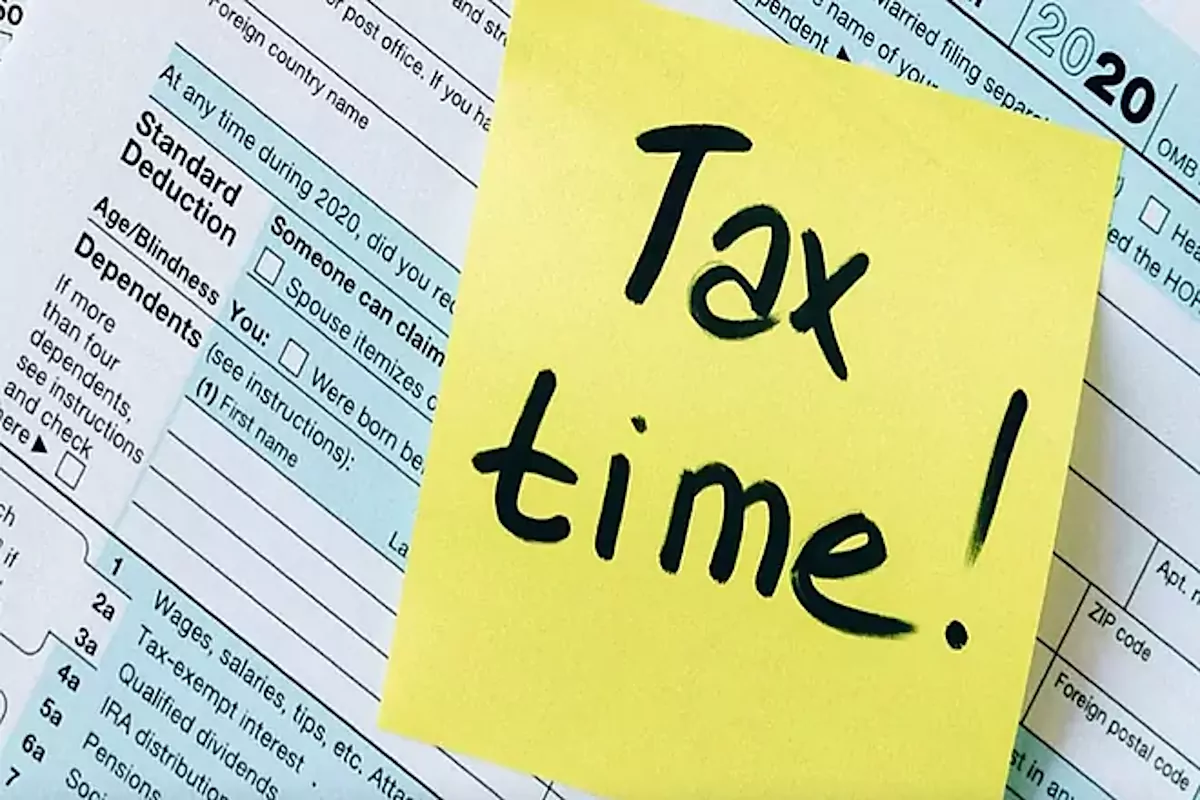
The Clock is Ticking: Don’t Miss Your RMD Deadline!
Retirement. The word itself evokes images of sunny beaches, leisurely hobbies, and finally having the time to pursue those long-deferred dreams. But the reality of retirement often involves navigating a complex financial landscape, and one crucial aspect many overlook is the Required Minimum Distribution, or RMD. Failing to meet this deadline can result in a significant tax penalty, so let’s break down what RMDs are and why the upcoming April 1st deadline is so important.
Required Minimum Distributions are the minimum amounts that individuals must withdraw from their retirement accounts, such as 401(k)s and IRAs, each year beginning at a specific age. This age varies depending on the type of account and the individual’s birth year. The purpose of RMDs is to ensure that retirement account holders eventually utilize the funds accumulated within these tax-advantaged accounts. Leaving large sums untouched indefinitely would allow tax-deferred growth to continue without ever contributing to the tax revenue stream.
The IRS establishes these minimum distribution requirements to generate tax revenue and prevent individuals from indefinitely deferring taxes on their retirement savings. These distributions are then taxed as ordinary income in the year they are received. Understanding your specific RMD amount is crucial, as it’s calculated based on several factors, including your account balance at the end of the previous year and your life expectancy. You can find this information through official IRS publications or by consulting with a financial advisor.
Now, here’s where the looming April 1st deadline comes into play. This date marks the absolute final day to take your RMD for the previous tax year. For example, the RMD for 2022 needed to be taken by December 31, 2022, but the tax return reporting that distribution is due by April 1, 2023. Missing this deadline results in a hefty 50% tax penalty on the amount you failed to withdraw. That’s half of the money you should have withdrawn; a significant blow to your retirement funds.
This penalty isn’t something to be taken lightly. It can dramatically reduce the financial security you’ve worked so hard to achieve. The consequences extend beyond just the immediate financial loss; it can impact your retirement planning, possibly forcing you to adjust your spending or draw down your savings faster than anticipated.
So, what should you do if you haven’t yet taken your RMD? Act now! Don’t delay; contact your financial institution immediately to initiate the withdrawal process. Remember, even if you’ve already filed your taxes, you may still be able to amend your return to rectify the omission. Seek professional advice from a tax advisor or financial planner if needed. They can guide you through the process and help you understand your options. Don’t let the complexity of RMDs lead you into unnecessary penalties. Taking proactive steps ensures that you can enjoy your retirement without the added stress of IRS penalties.
The April 1st deadline isn’t just a date on a calendar; it’s a critical point in your retirement planning journey. Make sure you’re prepared, understand your obligations, and act before it’s too late. Your future self will thank you.



Leave a Reply